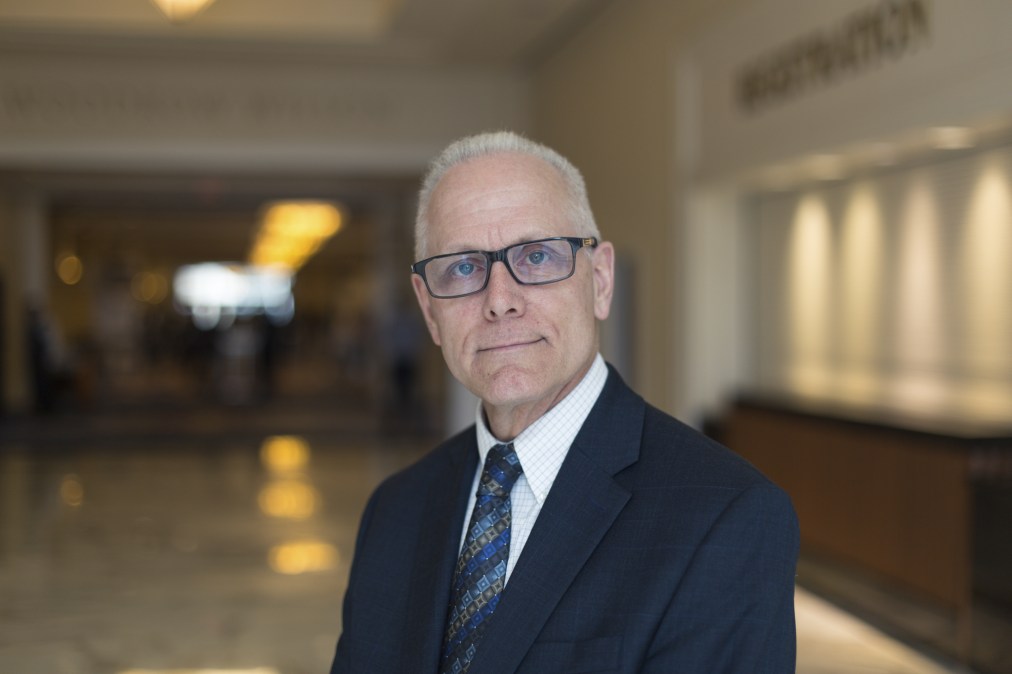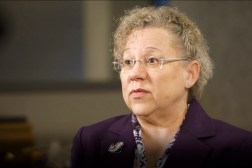Montana CIO Tim Bottenfield announces retirement

Montana Chief Information Officer Tim Bottenfield told StateScoop on Wednesday that he will retire before the end of the year.
Even before the outcome of the state’s gubernatorial race this week, in which Republican Rep. Greg Gianforte defeated his Democratic opponent, Lt. Gov. Michael Cooney, Bottenfield said he’d planned his retirement to coincide with the end of Gov. Steve Bullock’s second term.
In July 2018, Bullock appointed Bottenfield, then CIO of the state’s Department of Revenue, as statewide CIO, succeeding longtime official Ron Baldwin. Baldwin, who’d served as statewide CIO for more than five years, set a foundation for the work Bottenfield would continue, he said.
“I didn’t have to come in and start from scratch and I didn’t have any major problems that I inherited so I think I was in a good situation,” Bottenfield said in a phone interview. “There was some steady leadership in the position before me. I did some reorganization at the very beginning. I might get accused in some circles of, like, carrying org charts around and trying to tweak things, but I feel like in this role when I came in I didn’t do that.”
But if Bottenfield leaves one mark on the state, he thinks it will be his creation in 2018 of a business services group under the State Information Technology Services Division. Baldwin may have created a stable IT organization, Bottenfield said, but he noticed right away that it lacked a chief financial officer.
“The most important thing when I came into this role was to really focus on business relationship management and customer service and I took that on right away,” he said. “We’ve made that a central part of our being here, that we’re connected to the business of the agencies. Because really the business of the agencies is all about the citizens. They’re our portal to the citizens and those ultimately are who we all support.”
Before joining the state government in 2011, Bottenfield was providing IT support to the forestry school at Auburn University, an institution where he’d spent the early years of his career doing forestry research himself. He spent 25 years at the Alabama university before moving to Montana, and he said many of the lessons he learned in academia — such as the importance of adhering to his professional mantra: “Listening is our most important superpower” — were transferable to government.
“That was a great training ground for me to morph into a CIO at the Department of Revenue because I felt like I had always kind of honed my skills with being able to understand different disciplines,” he said. “I felt like i could translate into any other field because I knew it was really all about building relationships, and that’s what I did at Revenue.”
In preparation for the Gianforte administration, which Bottenfield guessed will name its CIO within the next two months, his team has been preparing a “CIO transition package.”
“When the new person steps in, they’re going to get inundated with really, in my opinion, some great information on where we’ve been, where we are and where we’re going,” Bottenfield said. “It will at least allow them to hit the ground running and have a good playbook.”
One of the upcoming issues for Montana’s IT services will be its new contract with ServiceNow, which Bottenfield said will help the state with process automation and digital services. Another key issue for Montana will be whether it decides to more fully centralize its hybrid IT organization, a step Bottenfield said he encourages his successor to take.
“If I had my magic wand and I could just do that tomorrow, I would probably move more toward centralizing our desktop support and services across the enterprise, which will enable the agencies to still utilize those [embedded] IT folks that they have, but shift them into a role where they’re directly supporting the business folks in their agencies,” he said.
As for what’s next for Bottenfield, he said he plans to take some time off, check in with his family in Alabama, hold onto the cabin next to Glacier National Park in Montana and consider his options. Consulting is a possibility, he said, or maybe he’ll return to something in forestry.
“It would be … a mentor-type position where I could work with some organizations to take a look at their organizational structure and more of the business relationship management side of how they’re doing things,” he said. “That’s probably my strongest suit, to try to bring people together to where they can work together, get things done and solidify partnerships.”






